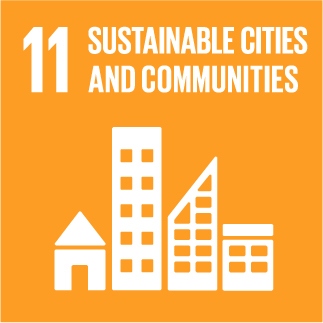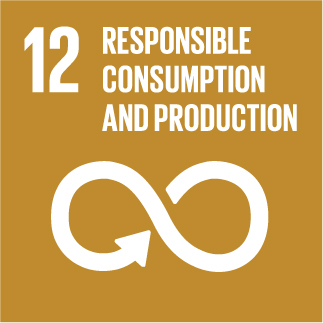URBANREC
Grape winery waste as a promising feedstock for the production of polyhydroxyalkanoates and other value-added products
The valorization of agricultural waste is a sustainable way of how to utilize renewable resources wisely. Grape pomace is a by-product of the manufacturing of the must. The potential of Cupriavidus necator, Halomonas halophila and Halomonas organivorans to produce poly(3-hydroxybutyrate) (PHB) by using oil and fermentable sugars derived from grape pomace has been studied. C. necator proved to be the best producer of PHB when utilizing grape pomace extract as a carbon source. After 29.5 h of fermentation of C. necator in 2-L bioreactor, PHB titers reached 8.3 g l?1 and 63 % PHB content in bacteria cell dry mass. The average molecular weight and the polydispersity of accumulated polymer was 512.2 kDa and 1.2, respectively. In addition to fermentable sugars, this work indicates that oil, pigments, phenolics, lignin and cellulose can be isolated from seeds and the rest of the grape pomace to support the cascading utilization of agricultural waste and natural valuable resources recovery.

» Author: Adriana Kovalcik, Iva Pernicova, Stanislav Obruca, Martin Szotkowski, Vojtech Enev, Michal Kalina, Ivana Marova
» More Information

This project has received funding from the European Union's Horizon 2020 research and innovation program under grant agreement Nº 690103




URBANREC Guidelines by URBANREC Consortium is licensed under a Creative Commons Reconocimiento-NonComercial-NoDerivatives 4.0 Internacional License.
Puede hallar permisos más allá de los concedidos con esta licencia en www.aimplas.net
